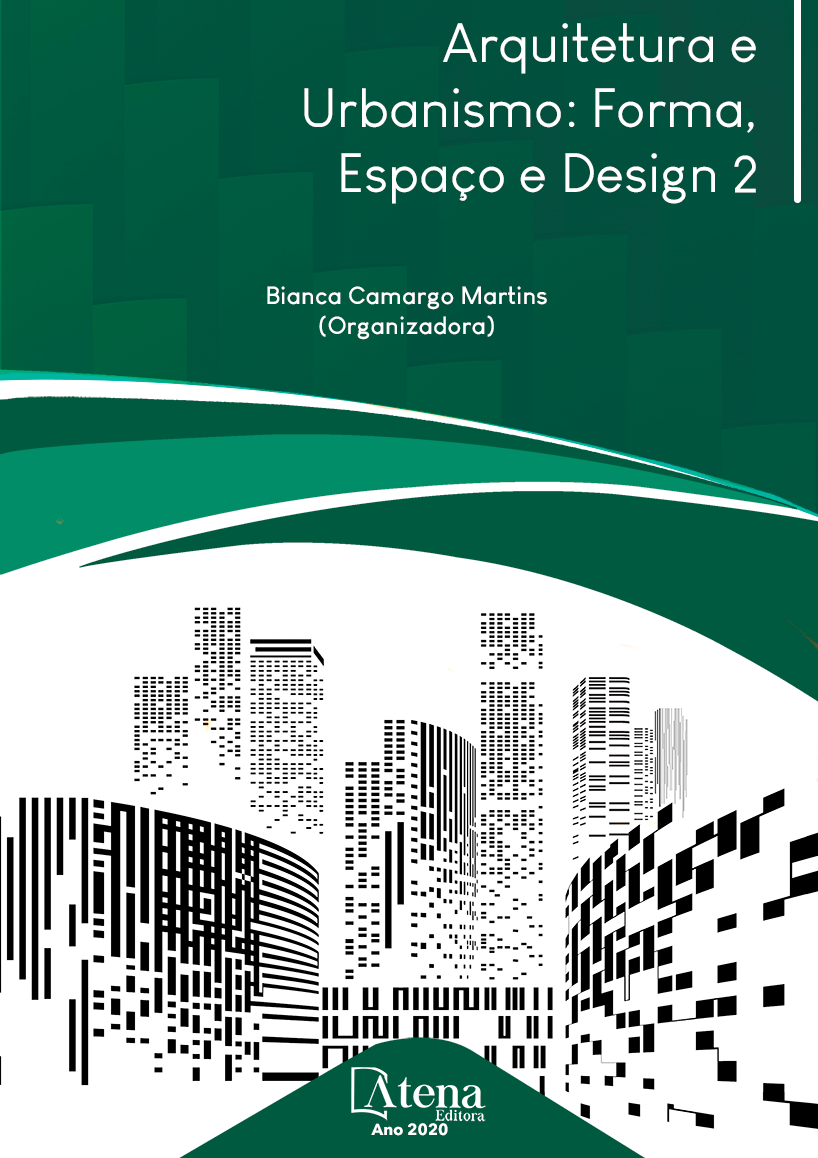
CENÁRIOS DE TRANSFORMAÇÃO DO 4º DISTRITO: AS DIN MICAS SOCIOESPACIAIS ENTRE MORADIA E TRABALHO NO BAIRRO FLORESTA - PORTO ALEGRE
Este trabalho centra-se no estudo
tipo-morfológico do Bairro Floresta, no 4°
Distrito de Porto Alegre, território ligado à
industrialização e à expansão da malha urbana
no início do século XX. Busca investigar as
dinâmicas socioespaciais entre moradia e
trabalho e identificar os padrões de mudança
na arquitetura residencial e industrial, ao
longo dos anos, permitindo estabelecer um
panorama dos fenômenos urbanos envolvidos
com a transformação das cidades e seus
cenários urbanos futuros, especialmente
neste fragmento da capital gaúcha atualmente
permeado por grande interesse especulativo.
A pesquisa se justifica por diagnosticar um
panorama recorrente na produção de cidades
contemporâneas do Cone Sul: o conflito entre
o discurso do capital, do patrimônio cultural e
da memória material. Portanto, este trabalho
objetiva inferir cenários futuros e alternativas
de intervenção urbana, através da investigação
temporal de estados tipológicos passados, para
embasar o planejamento urbano no presente,
confrontando a dinâmica vocacional do bairro
com as soluções urbanísticas possíveis.
Entende-se o espaço urbano enquanto sistema
complexo e adaptativo, onde passado, presente
e futuro não se destituem completamente
e constituem-se sempre em um estado
condensado da história das cidades. Partindo
dessa premissa, este estudo é dividido em
séries temporais, estágios evolutivos do
sistema que marcam o início da urbanização,
o período de crescimento e o de grandes
mudanças na estrutura primária. O recorte
tipológico (residências e armazéns industriais)
se justifica pela evolução urbana do bairro,
caracterizada economicamente pela prestação
de serviços e industrialização, moradia para
operários e diversidade étnica-cultural. A
investigação da dinâmica urbana através de
séries temporais mostra-se capaz de descrever
e predizer o processo macroespacial de
transformação, dentro de intervalos de tempo
pré- definidos. Desta forma, instrumentaliza
intervenções urbanas sobre bases históricas
como uma ferramenta capaz de fortalecer
a vocação moradia-trabalho do bairro,
respeitando a diversidade social e incentivando
economicamente o local.
CENÁRIOS DE TRANSFORMAÇÃO DO 4º DISTRITO: AS DIN MICAS SOCIOESPACIAIS ENTRE MORADIA E TRABALHO NO BAIRRO FLORESTA - PORTO ALEGRE
-
DOI: 10.22533/at.ed.22520050312
-
Palavras-chave: tipologias operárias, padrões tipo-morfológicos, dinâmicas socioespaciais
-
Keywords: worker typologies, morphological-type patterns, socio-spatial dynamics
-
Abstract:
This paper focuses on the morphological study of neighborhood Floresta,
in the 4th District of Porto Alegre, an area linked to the industrialization and expansion of
the urban network in the early twentieth century. It seeks to investigate the socio-spatial
dynamics between housing and work and to identify patterns of change in residential
and industrial architecture over the years, allowing to establish an overview of the urban
phenomena involved with the transformation of cities and their future urban scenarios,
especially in this fragment of the gaucha capital currently permeated by great speculative
interest. The research is justified by diagnosing a recurring panorama in the production
of contemporary cities of the Southern Cone: the conflict between the discourse of
capital, cultural patrimony and material memory. Therefore, this paper aims to infer
future scenarios and alternative urban intervention, through the temporal investigation
of past typological states, to base the urban planning in the present, confronting the
vocational dynamics of the neighborhood with the possible urbanistic solutions. Urban
space is understood as a complex and adaptive system, where past, present and future
are not completely removed and always constitute a condensed state of the history
of cities. Based on this premise, this study is divided into time series, evolutionary
stages of the system that mark the beginning of urbanization, the period of growth
and the major changes in the primary structure. The typological approach (residences
and industrial warehouses) is justified by the urban evolution of the neighborhood,
economically characterized by the provision of services and industrialization, housing
for workers and ethnic-cultural diversity. The investigation of urban dynamics through
time series is able to describe and predict the macro-spatial process of transformation
within pre-defined time intervals. Thus, it enables urban interventions on historical
bases as an instrument capable of strengthening the housing-work vocation of the
neighborhood, respecting social diversity and economically encouraging the area.
-
Número de páginas: 18
- ELIANE CONSTANTINOU
- LETÍCIA BETTIO MACHADO


